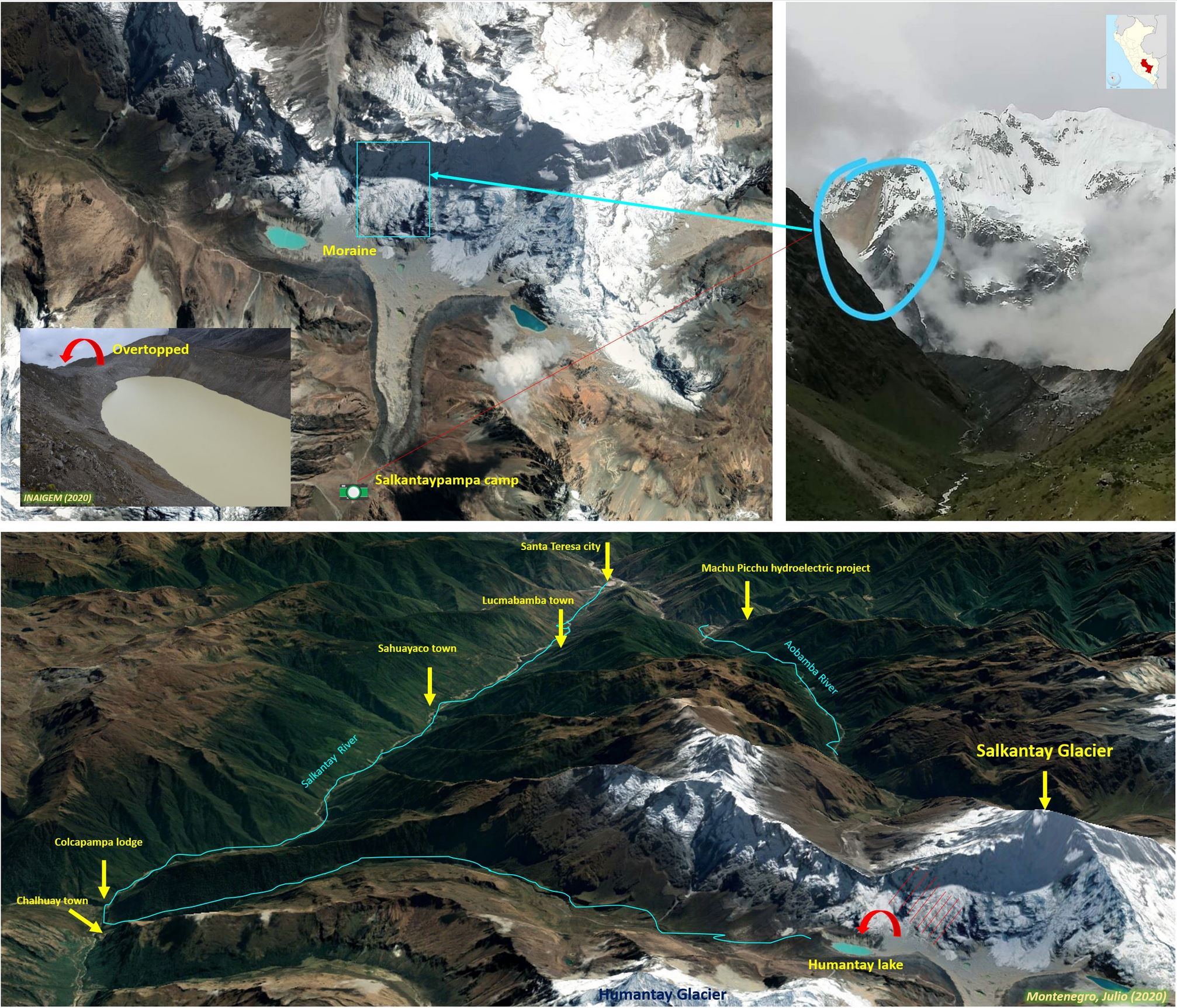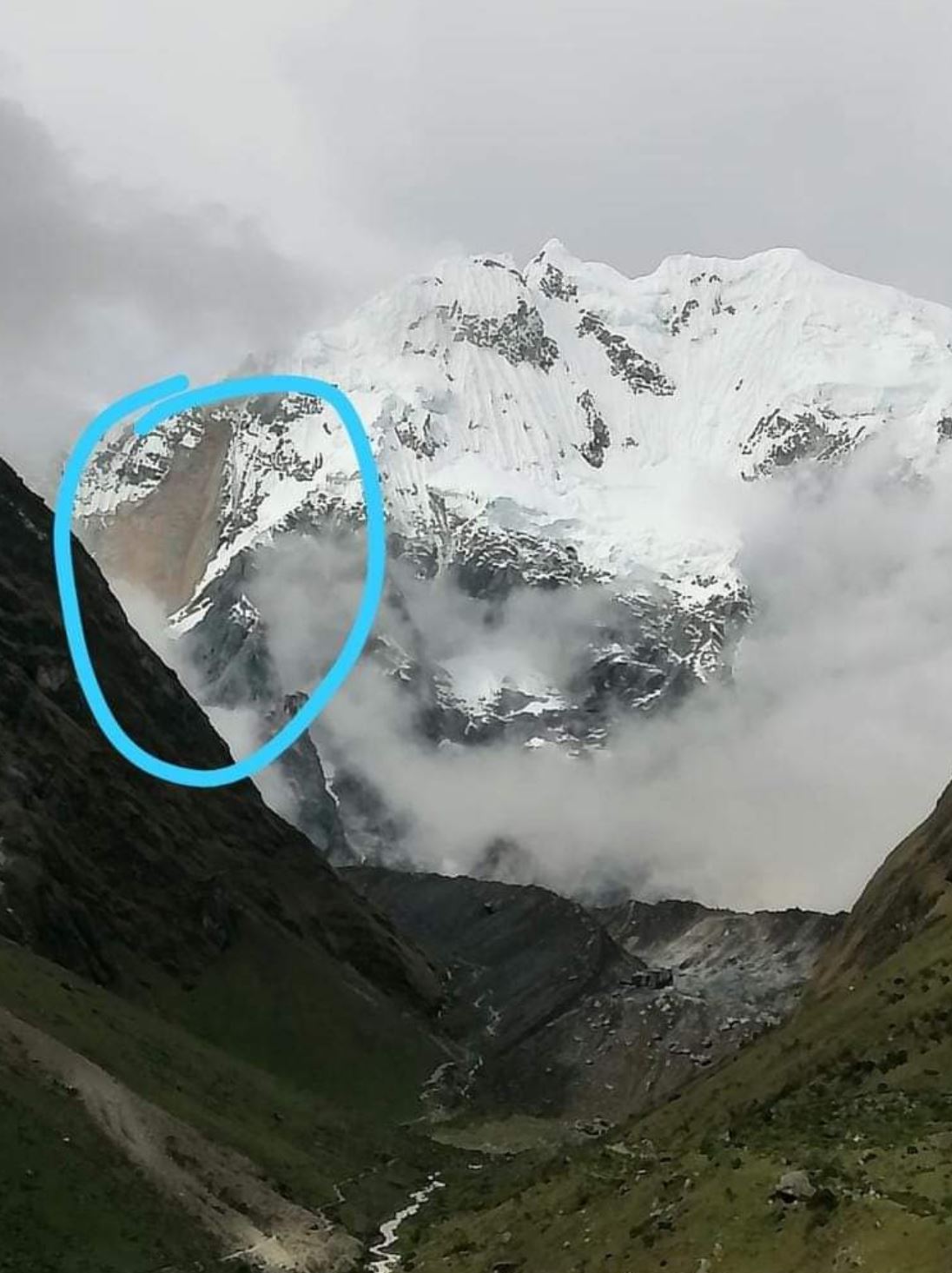28 February 2020
More information about the Salkantay landslide and mudflow
Posted by Dave Petley
More information about the Salkantay landslide and mudflow
Over the last 24 hours more information has become available about the Salkantay landslide and mudflow. Oscar Vilca has kindly contacted me to say that the event occurred on 23 February 2020, and not 24 February as had been widely reported. I will correct my original post.
The triggering event is being described as an ice / rock avalanche with an initial volume of 400,000 cubic metres. This has clearly bulked up to form a mudflow with a much higher volume, presumably through entrainment of ice and saturated debris in the channel. This is similar to the Seti River rock avalanche and debris in Nepal in 2014, which also had devastating effects. On this occasion the initial collapse may have been smaller, but the mudflow was on a similar scale.
On Twitter, Julio Montenegro G. has posted an interpretation of the event, based upon an image of the scar, which has then been located on pre-event imagery:-

An interpretation of the Salkantay landslide and mudflow posted to Twitter by Julio Montenegro
.
I am not sure as to the origin of the image that shows the scar of the initial failure, but a better version was posted to Twitter by Turismo Peru:-

The scar of the Salkantay landslide, posted to Twitter by Turismo Peru.
.
If this is indeed the scar then my interpretation is that this is a classic wedge failure in the rock mass, with a near vertical fall onto the ice and moraine at the toe of the slope. The rock slope would have been a mixture of rock and ice, both on the surface and within fractures. On impact the mass has probably fragmented to form an ice / rock avalanche, which has then entrained debris and ice / snow / water, transitioning to become the mudflow seen in the videos. This has behaved in a manner that is akin to a lahar, with a large volume, high velocity and long runout.
Reports suggest that Salkantay Cocha lake remains intact, but that waves within the lake, generated by the landslide, have caused some erosion of the moraine dam. This now needs to be monitored.
There are of course some real human tragedies in this disaster. The estimated human cost appears to be 13 people.


 Dave Petley is the Vice-Chancellor of the University of Hull in the United Kingdom. His blog provides commentary and analysis of landslide events occurring worldwide, including the landslides themselves, latest research, and conferences and meetings.
Dave Petley is the Vice-Chancellor of the University of Hull in the United Kingdom. His blog provides commentary and analysis of landslide events occurring worldwide, including the landslides themselves, latest research, and conferences and meetings.